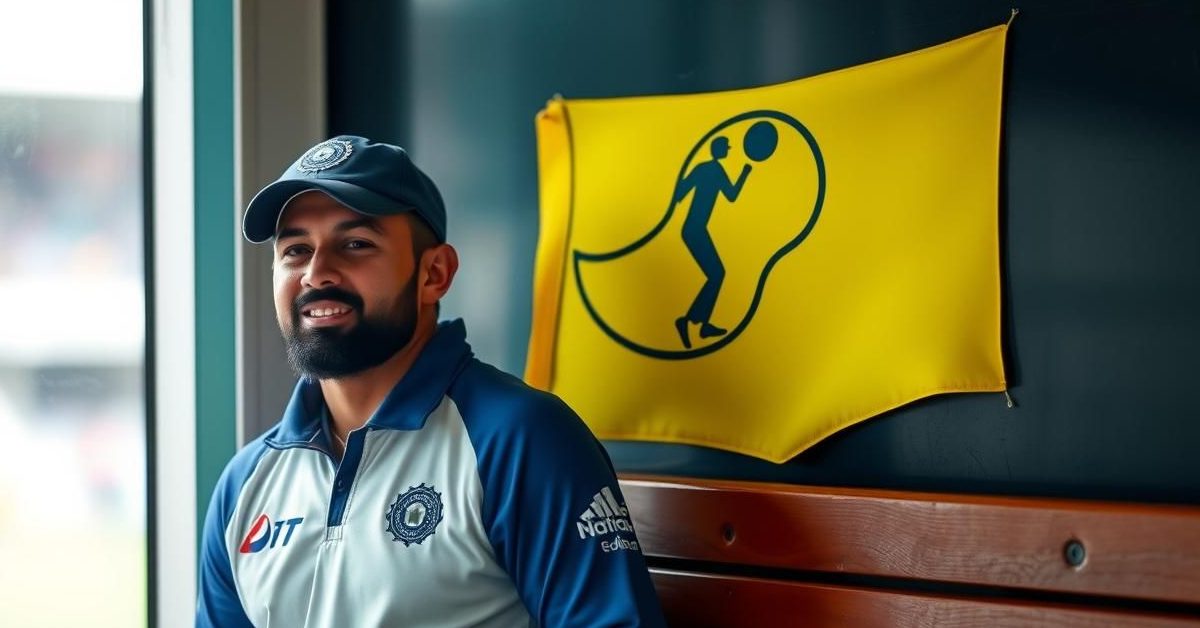A heated Wimbledon fourth-round match between Cameron Norrie and Nicolas Jarry saw a rare sportsmanship dispute erupt over Norrie’s ball-bouncing routine before serves.
The On-Court Complaint
During their marathon four-hour, 27-minute match, Chilean player Nicolas Jarry accused Britain’s Cameron Norrie of gamesmanship. Jarry claimed Norrie was bouncing the ball too many times before his serve.
He specifically pointed out moments where Norrie would bounce the ball excessively, pause as if to serve, then revert to bouncing again. Jarry felt this was a deliberate tactic designed to affect his concentration.
Umpire Called Into Question
The tension peaked at the end of the second set, after Norrie took a bathroom break. Jarry used this time to vent his frustrations to chair umpire Eva Asderaki-Moore.
“What is the rule there?” Jarry asked the umpire, clearly agitated. “Is it normal to do that when it affects the other player? You have to intervene there or I have to suck it.”
He argued that Norrie’s actions were controllable and not merely a nervous habit. However, umpire Moore maintained she would only intervene if she deemed it necessary, suggesting Norrie was operating within current rules.
A Tense Finish and Crowd Reaction
Norrie ultimately triumphed over Jarry with a score of 6-3, 7-6, 6-7, 6-7, 6-3, but the match ended with palpable tension. Both players collapsed to the ground after the final point, Norrie in relief, Jarry in exhaustion.
During the post-match handshake, the two exchanged words, and the crowd booed Jarry, seemingly for his on-court complaints.
Pat Cash Weighs In
Former Wimbledon champion Pat Cash, speaking on the BBC, shared his thoughts on the controversy, largely siding with Cameron Norrie. Cash highlighted that current tennis rules allow players considerable leeway with ball bouncing.
He noted that players like Novak Djokovic have been known to bounce the ball many times to regroup. Cash called these specific regulations “silly rules of tennis” but acknowledged that Norrie was “within his rights to do so.”
While Cash hadn’t observed Norrie performing this extreme number of bounces previously, he speculated it might have been a tactic for extra breathing room during the gruelling match.
The Anomaly of the Rule
Cash explained that unlike the serve clock, which dictates the time between points, there’s no strict limit on how many times a player can bounce the ball. He mentioned that even after retrieving a ball following a long rally, a player can bounce it 20 or 30 times before serving.
This “anomaly,” as Cash described it, means players can use ball bouncing to catch their breath or regain composure. It’s a part of the game that, while potentially irritating to opponents, isn’t currently penalised.
- Nicolas Jarry accused Cameron Norrie of gamesmanship for excessive ball bouncing before serves at Wimbledon.
- Umpire Eva Asderaki-Moore did not intervene, stating Norrie was within the rules.
- Former champion Pat Cash defended Norrie, citing no specific rule against frequent ball bouncing and calling it an “anomaly.”
- Norrie won the contentious match in five sets.
The incident highlights a grey area in tennis rules that could spark further debate about player conduct and pacing in future tournaments.













